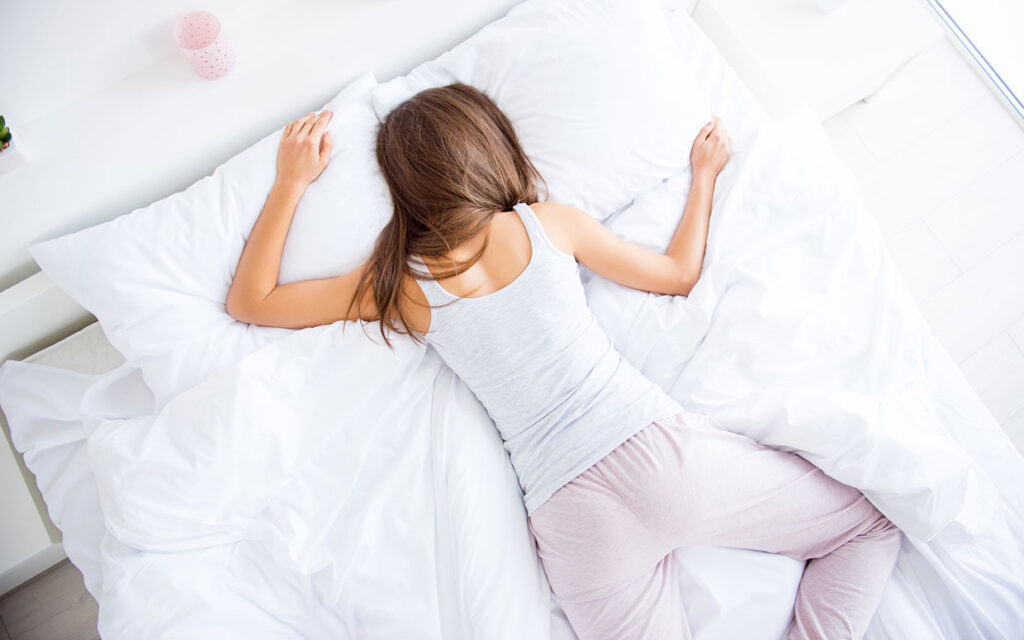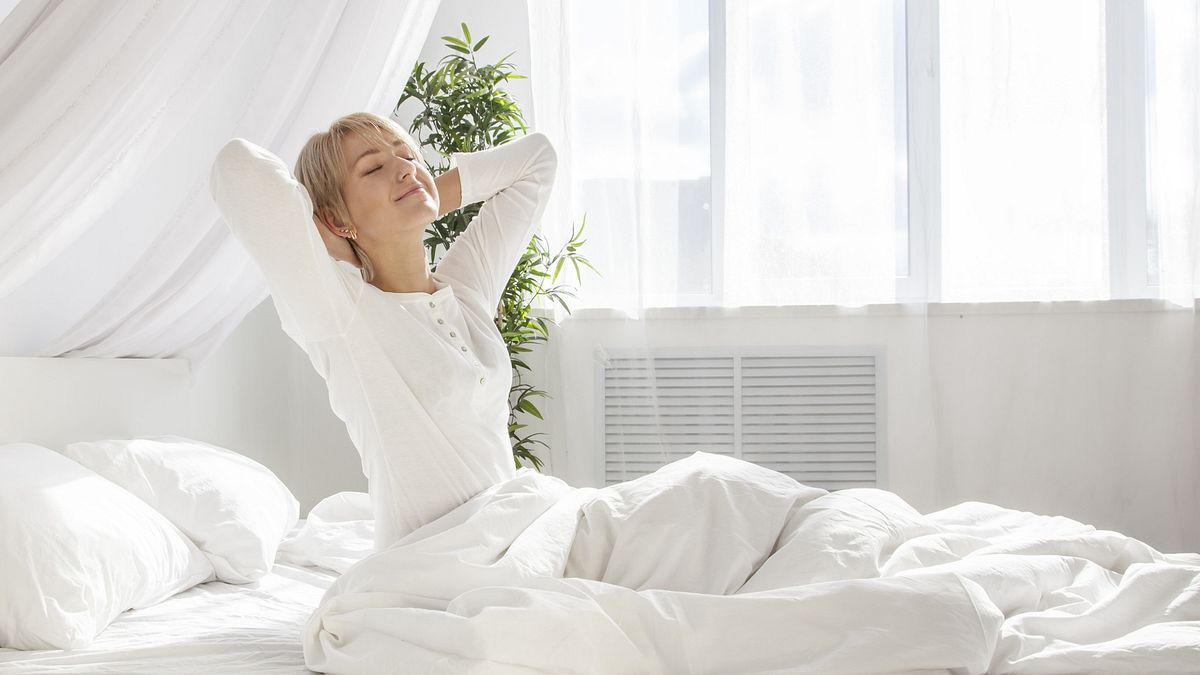Many adults in developed and developing countries suffer from lower back pain. Funnily, it does not matter what kind of job they engage in industrial, traditional, classic, or construction. For example, you can also experience lower back pain if your work involves excessive standing or sitting. Except you make a reasonable effort towards it.
By the way, the simplest solution to preventing this situation is to get an orthopedic chair with a massaging backrest. It gets so bad that the number of jobs lost daily across developed countries is getting significant. And if you come across this number, you may be well surprised. Meanwhile, there is a better way to manage this sleep condition, starting from your sleep position and sleep hygiene products to all you have to do for a better and healthier lifestyle. Click here to learn more sleeping disorder solutions.
Which sleep position is the best for lower back pain?
The sleeping position is part of your sleep hygiene, and it is essential to keep some matters at heart. Lower back pain can be based on circumstance, but when you notice that it persists for several months, it may be calling for a doctor’s attention. The doctor can diagnose whatever is still wrong in specific terms and tell you what to do.
In other cases, you may even need to visit a physiologist who observes what you are not doing right and how to change. For example, a professional can detect which aspect of your sleep hygiene is responsible for back pain. The reason is that there are ways to position your body when sleeping at night to help reduce or eliminate all forms of pain. Click here to read more about Rapid antigen tests that come be done at home.
Some people have encountered the needed solution by trial and error, where they eventually stumble on what position works best for them. For example, when your upper legs are raised upwards towards the body while lying down, your back appears more comfortable than in other positions. This feeling of comfort is because the position affords less strain on the lumbar region of your body.
The lumbar region is at the back, below the ribs, and is often referred to as the lower back. Consequently, this sleeping position allows you to tuck away your body and has been proven effective in reducing lower back pain. In addition, the physiological tests and experiments have shown two standard positions that can give you the best sleep hygiene for your overall health.

The first is to sleep on your side with your knees raised in front as though you are cuddling. The other one is to sleep on your back with your legs slightly supported with a pillow. In this position, your hips are rotated somewhat towards the front as though you were on your side. As for sleeping while you face down, it is not a practical position to favor tucking your legs and rotating them.
If you have to sleep on your stomach, you can put a pillow under your hips and start to sleep without a pillow beneath your head. So, the next question is, how can you maintain this workable position to get better sleep hygiene and perfect health? Below are the best methods for maintaining the best position
Maintaining the proper sleep position and hygiene
How you position yourself for nighttime sleep is an excellent way to achieve the solution to lower back pain. Practically, you need to stir and shift yourself during your sleep. In the end, you may wake to discover that you had moved from where you were when you slept. So, choosing a sleeping position is equally important to staying in that position when you wake up.
In the case of a sleep disorder, insomnia may describe your inability to remain asleep as long as you want. This disorder may trigger you to sleep periodically without intention throughout the night. Finally, you may not be able to maintain the same sleeping position you assumed initially.
And when you finally get up, you discover that it hasn’t helped your back. However, if you think your back pain is related to a sleep disorder, you may need to see a medical specialist. But lack of sleep is an indictment to your pursuit of healthy sleeping hygiene or plan, and you don’t want to combine it with back pain.

Answering Common Questions about Sleeping Position and Hygiene (FAQs)
How can you loosen a tight lower back?
If you discover that your back is strained or tight with any muscle around your lower region, you should consider a stretch. As a result, you can stretch that lumbar region in a slump stretch. First, you will have to sit on the floor with your stretched legs right in front of you. Then slump downwards from the head region. Imagine you trying to curl up on top of your body towards the floor. Hold on tightly for about 30 seconds and repeat the process twice weekly in each session. This process will lose your lower back.
How should I sleep if I have lower back pain?
There are many ways to create safe sleep hygiene, even lower back pain. But the overall goal is to keep your spine in a straight line. If you have to sleep in a prone face-down position, it forces the lower back region to be a bit curvy. Then, you can sleep on your side while bending your legs into a sitting position and lay on your back with elevated knees. This position has also been effective in reducing lower back pain.
Why does my lower back pain persist?
Perhaps you have tried all the possible positions and improved sleep hygiene, and the pain won’t disappear. First, occasional back pain resulting from lifting heavy loads or trying out a new workout will disappear after a few days. But others unrelated to any apparent reason may persist more than usual. You begin to feel the pain in the muscles and connecting tissues around the back. You can start to correct the situation without suggesting sleeping positions. But if they fail, kindly see a specialist for the correct diagnosis and solution.
More to read: The 7 Sure Reasons You Won’t Qualify For LASIK Surgery
